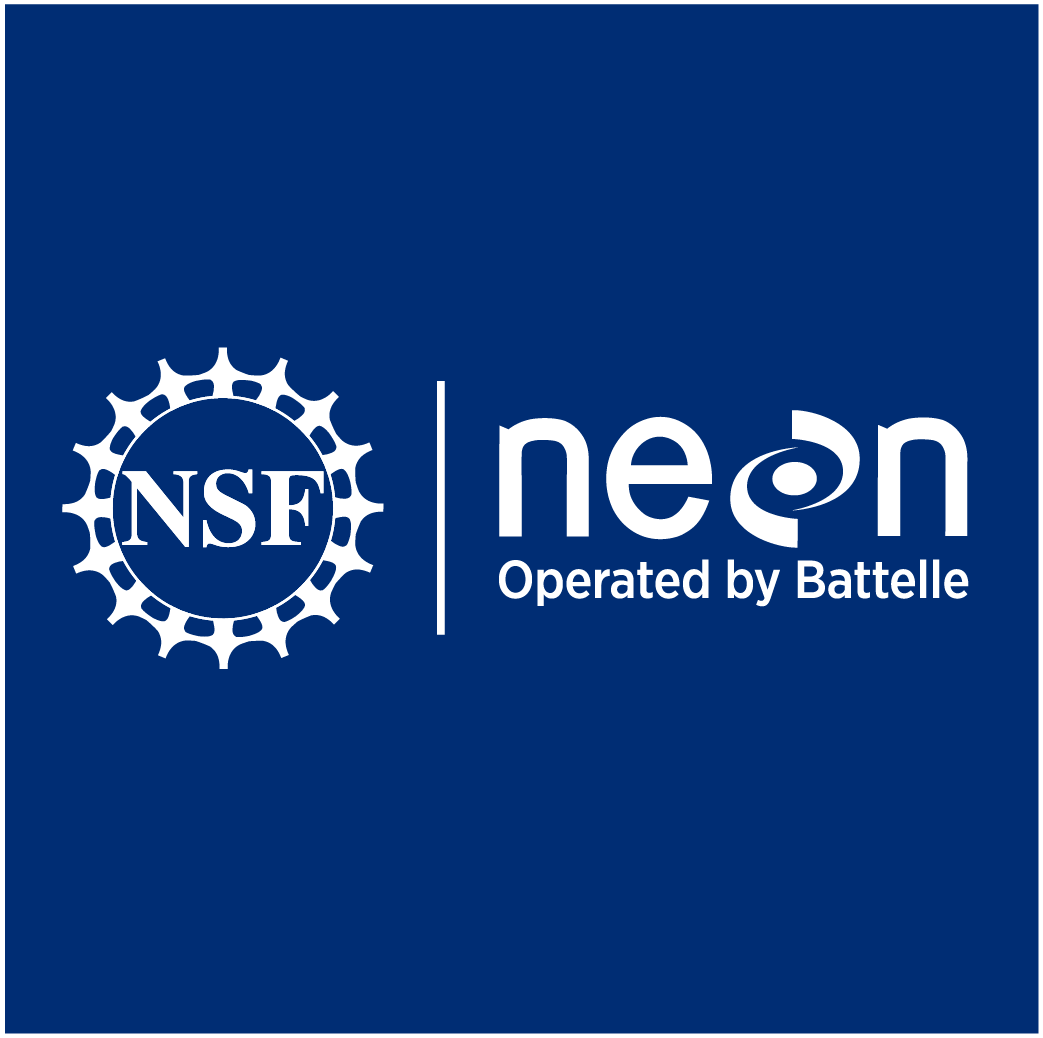Quantifying The Drivers and Impacts of Natural Disturbance Events – The 2013 Colorado Floods
Author(s): Heather Susanne Zimbler-DeLorenzo
Georgia State University Perimeter College
1259 total view(s), 853 download(s)
River-Discharge.jpg(JPG)
Quantifying The Drivers and Impacts of Natural Disturbance.pdf(PDF | 2 MB)
Quantifying The Drivers and Impacts of Natural Disturbance.pptx(PPTX | 8 MB)
Worksheet.pdf(PDF | 38 KB)
- Quantifying The Drivers and Impacts of Natural Disturbance Events – The 2013 Colorado Floods | NEON
- Using Data to Understand the Causes & Impacts of the 2013 Boulder Floods - YouTube
FMN Teaching Module ZD.docx(DOCX | 14 KB)
- License terms
Description
This lesson demonstrates ways that society and scientists identify and use data to understand disturbance events by focusing on the 2013 Boulder County, Colorado flooding events. Further, it encourages students to think about why we need to quantify change and the different types of data needed to quantify landscape change after a disturbance event.
This lesson focuses on flooding as a natural disturbance event with impacts on humans. While the drivers and impacts of flooding extend beyond the metrics used in this lesson, we use subsets of these public data repositories to elicit discussion surrounding how we can study flooding and how the event impacts humans:
- Palmer Drought Index: NOAA's Climate Divisional Database (nCLIMDIV)
- Precipitation: National Climatic Data Center-NOAA
- Stream Discharge: USGS stream gauges
- Before/After Terrain Data: NEON AOP LiDAR-derived Elevation Models
- Before/After Imagery: various sources, each image has source information
All materials for this teaching resources are hosted on the NEON website including interactive plots, video, explanatory text, R code, and pre-made datasets.
The R scripts that both build the lesson (.Rmd) and are available for download are hosted in the NEON Data Skills GitHub repo and can be directly forked or downloaded for edits. We encourage instructors who want to fork this lesson on QUBES and make changes to the optional coding lessons to also fork the GitHub repo and link to their updated code.
Notes
I modified the original teaching module by creating teaching materials that didn’t depend on the original webpage for teaching. I created a:
- Powerpoint slide deck based on the original teaching module webpage,
- Powerpoint handout for students that includes the URLs for the individual interactive graphs, and a
- Student worksheet that they completed in-class and turned in as an assessment component.
Cite this work
Researchers should cite this work as follows:
- Zimbler-DeLorenzo, H. S. (2019). Quantifying The Drivers and Impacts of Natural Disturbance Events – The 2013 Colorado Floods. NEON Faculty Mentoring Network, QUBES Educational Resources. doi:10.25334/XYXD-PC51
